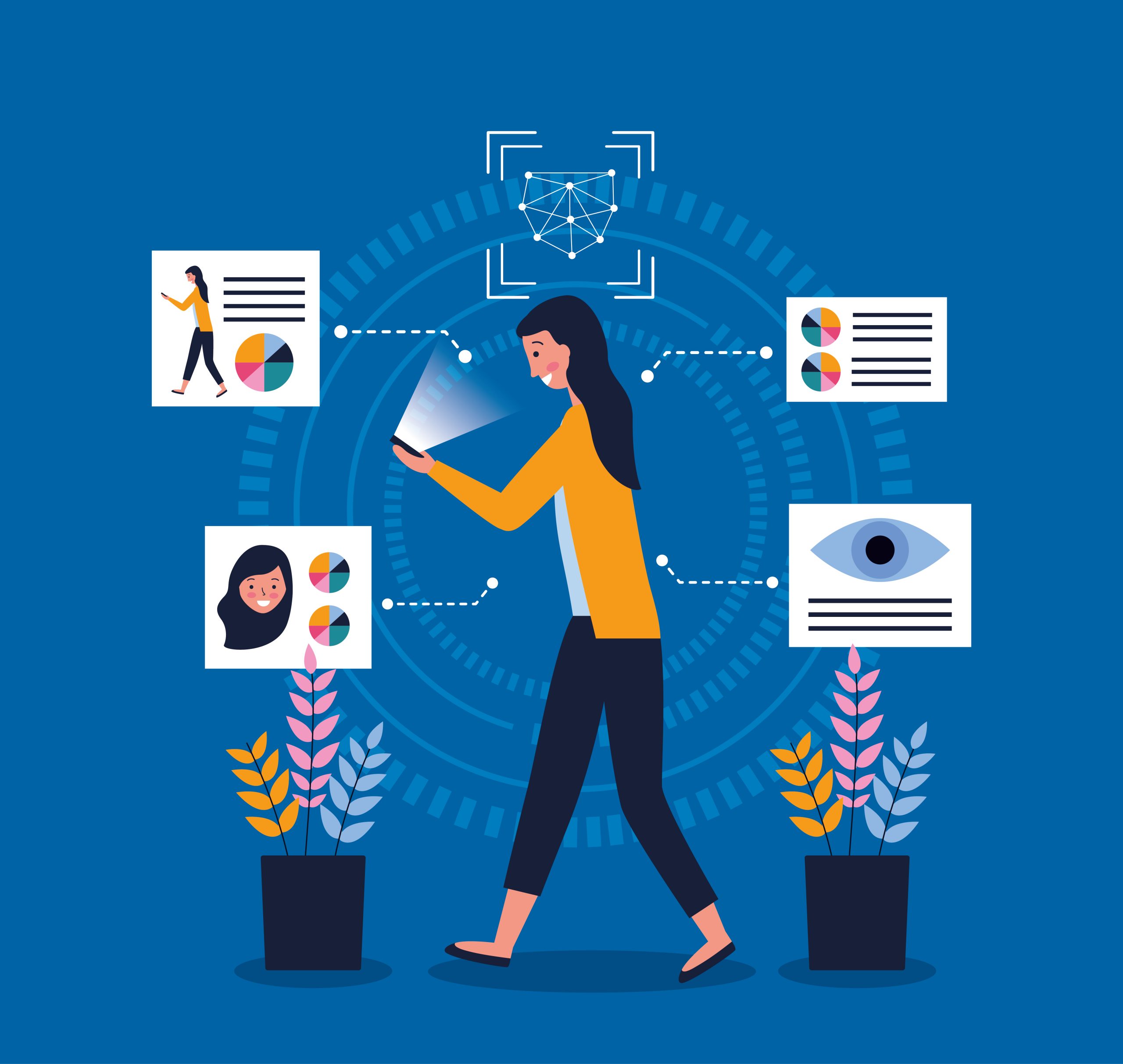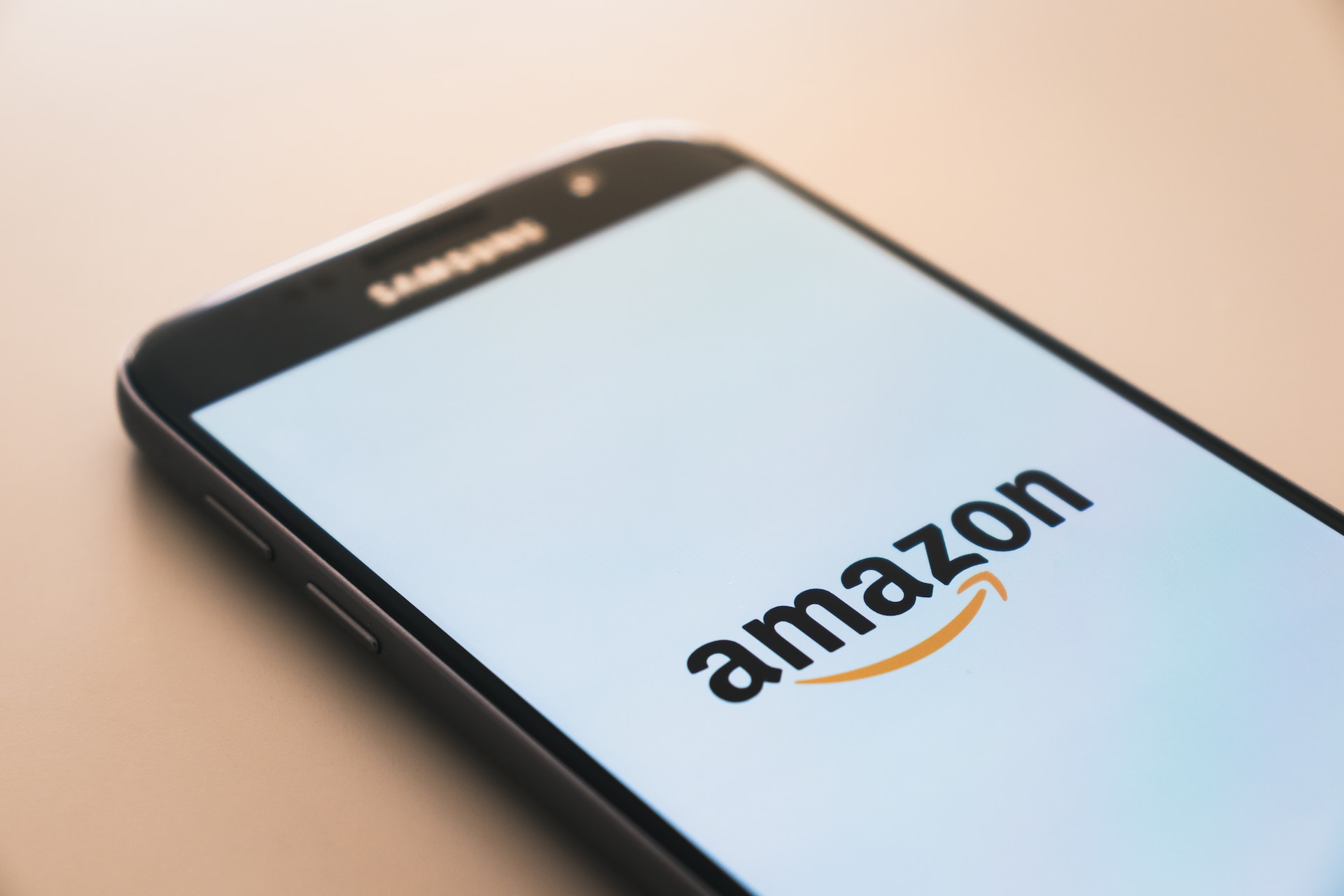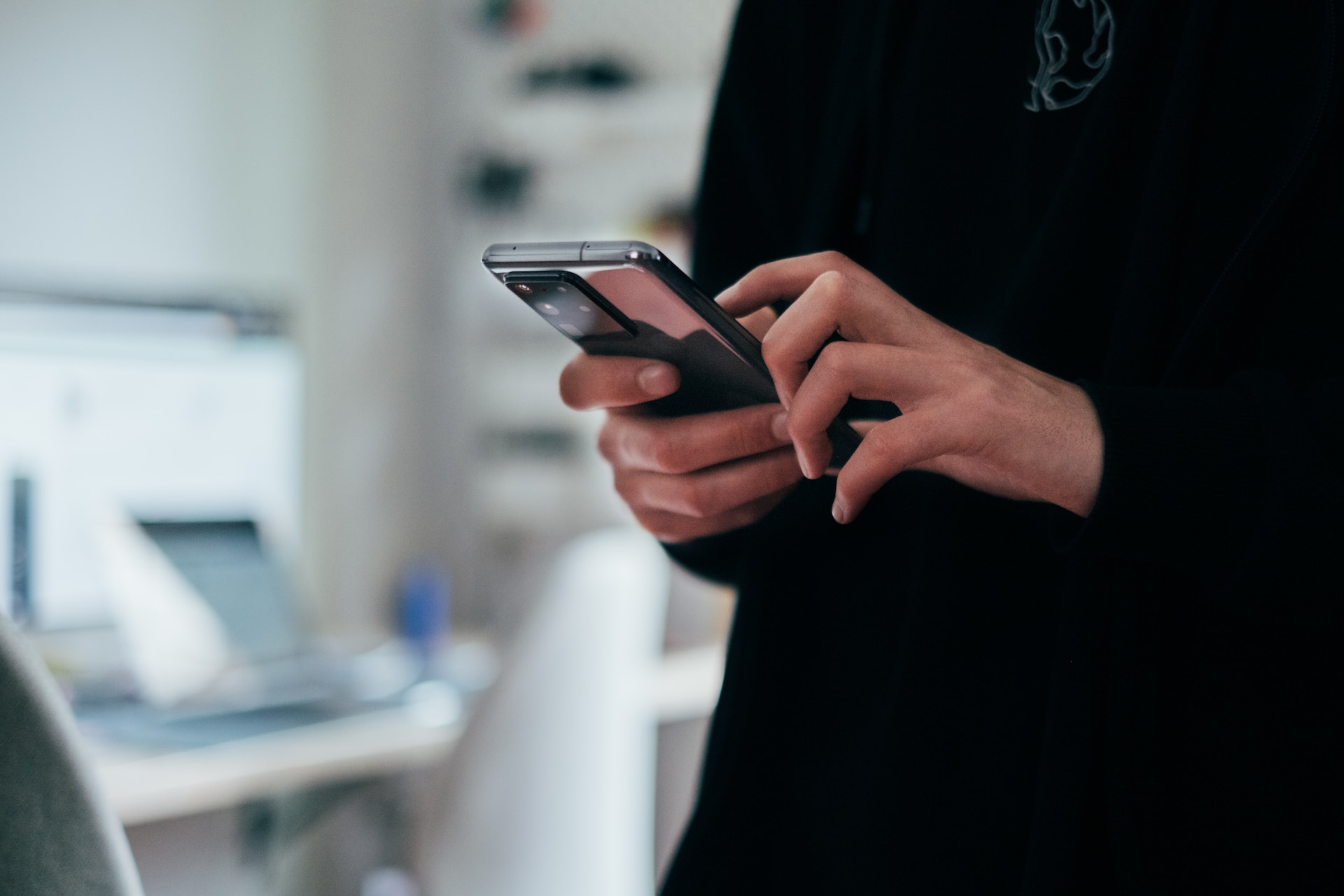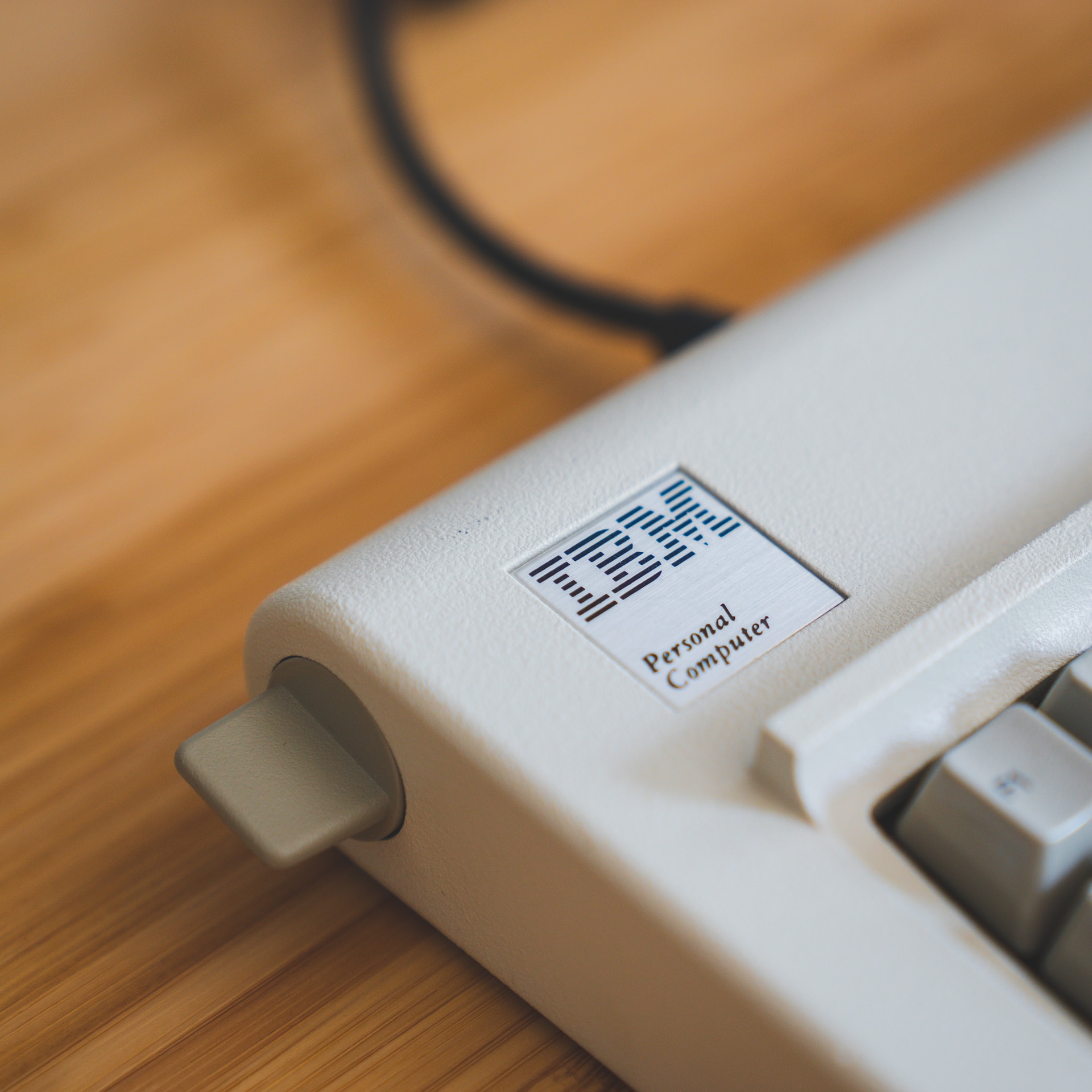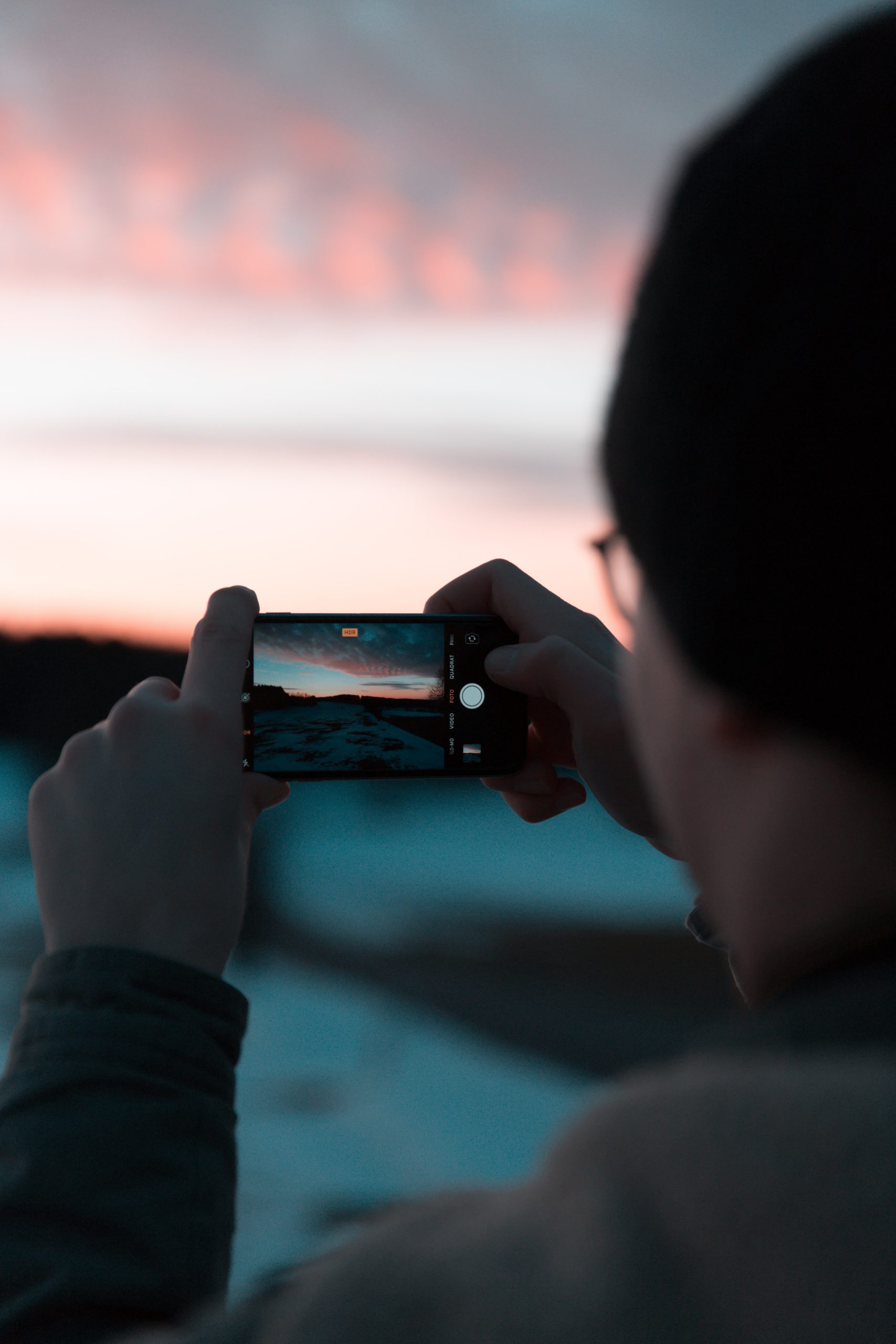Introduction:
The field of artificial intelligence is rapidly advancing, and the future lies in the realm of multimodal AI models that can process various types of data. OpenAI’s ChatGPT, a popular language model released in November 2022, has taken a significant leap forward by integrating image processing capabilities. This new feature, known as Visual ChatGPT, allows the chatbot to not only handle text but also send and receive images, opening up a whole new range of possibilities for interactive conversations.
Enhancing ChatGPT with Visual Foundation Models (VFM):
Traditionally, creating a multimodal conversation model would entail training a new model with a vast amount of data and computing resources. However, the researchers at Microsoft opted for a more ingenious approach. Instead of building an entirely new model, they connected ChatGPT to 22 different Visual Foundation Models (VFM), including Stable Diffusion. Each VFM specializes in unique tasks, such as image question-answering, image generation, processing, and extracting depth information.

The Role of the Prompt Manager:
To bridge the gap between ChatGPT and the VFM, the team designed a Prompt Manager that plays a crucial role in the integration process. The Prompt Manager performs the following tasks:
Explicitly communicates the capabilities of each VFM and specifies the input-output formats to ChatGPT.
Converts various visual information, such as PNGs or depth-enabled images, into a language format that ChatGPT can comprehend.
Manages the histories, priorities, and conflicts of the different VFMs to streamline the conversation flow.
Capabilities of Visual ChatGPT:
Visual ChatGPT inherits the capabilities of both ChatGPT and the linked image models. It can generate, name, save, and process images provided by users as input. In situations where the model is uncertain about the best approach, Visual ChatGPT will inquire, allowing for more accurate responses. Additionally, the chatbot can utilize multiple VFMs simultaneously, enhancing its versatility and problem-solving abilities.
Limitations and Future Prospects:
Despite the promising examples showcased by Microsoft, Visual ChatGPT has some limitations. It heavily relies on ChatGPT and the linked image models, and its maximum token processing capacity poses a constraint. Moreover, significant prompt engineering is required to convert VFMs into a language format.
Building on Previous Advances:
Microsoft’s integration of existing methods for more control over image models, such as InstructPix2Pix, ControlNet, and GLIGEN, lays essential foundations for future advancements in multimodal AI research. These approaches provide additional control and fine-tuning capabilities, enabling more accurate and tailored responses from Visual ChatGPT.
Availability and Accessibility:
The researchers have made the source code of Visual ChatGPT available on GitHub, and a demo can be accessed on Hugging Face. However, access to the demo requires a separate API key from OpenAI.
Conclusion:
Visual ChatGPT marks a significant advancement in AI technology, allowing chatbots to process images and text seamlessly. By linking ChatGPT to a variety of Visual Foundation Models, Microsoft has created a versatile and powerful tool capable of handling diverse tasks. As research in multimodal AI continues to evolve, we can expect even more exciting developments that will shape the future of human-computer interactions and support various applications in our daily lives.






